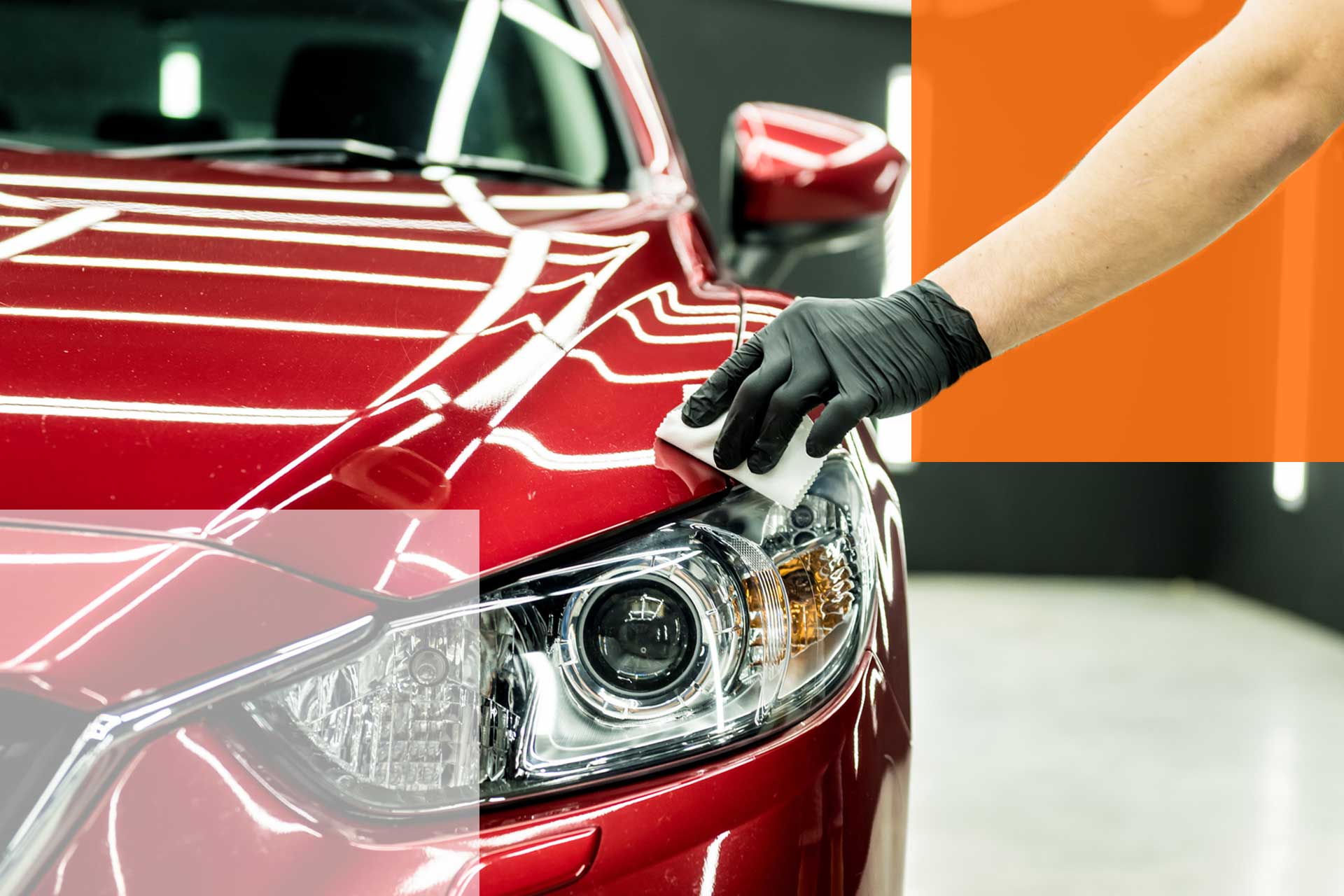How to Fix Paint Scratches
May 28, 2021

As an Amazon Associate, Modded gets commissions for purchases made through links in this post.
No matter how well you take care of your car, scratches, chips and other imperfections are inevitable. All it takes is one rogue shopping cart or an angry ex-girlfriend to totally ruin your paint job totally, and taking it to a professional body shop could cost you $3,500 or more in repairs. Luckily, you can fix scratches at home with a few simple tools and a bit of elbow grease. Keep reading to find out how to fix paint scratches and restore your vehicle to its original beauty.
Wash and Prep
Before you even think about fixing a nasty scratch, you must wash and prep your car. Start by dousing your vehicle in car shampoo and giving it a good scrub with a microfiber cloth. Doing so will remove any buildup, so you have a clean surface to work with.
Once it’s rinsed and completely dry, you can tape off the area with masking tape and newspaper. This step is especially important if you’re fixing a large area or a deep scratch — more on that later.
Assess the Damage
Now that your car is free of dirt and debris, you can accurately assess the scratch. Gently run your fingernail across the damaged area. If you can feel the groove but it doesn’t catch your nail, you’re likely dealing with a minor surface-level scratch, which is the easiest kind to fix.
On the other hand, if your fingernail catches, the scratch has dug down to the base coat and will be more difficult to repair. You can still get it out with basic tools and materials without delving into a full repaint. However, you’ll have to complete a few more steps.
Use a Polishing Compound
Surface-level scratches that only affect the clear coat will disappear with a polishing compound and some elbow grease. Of course, this method will remove some more of the clear coat, so it’s best only to polish the minimum area necessary or you may have to a protective coating. Polishing is also an effective way to prevent rusting on your vehicle.
Use ultra-fine 3,000 to 5,000 grit sandpaper or some toothpaste and gently sand the area until the finish looks dull and the scratch isn’t as obvious. Then, wipe the surface with a dry microfiber towel and apply the polishing compound to restore the shine.
Sand the Area
Deeper scratches will likely require rougher sandpaper with about 2,000 grit or less. Sand in the direction of the scratch and go to town until you reach your vehicle’s metal panel. In other words, the paint should be gone. While it may feel horribly wrong to cause even more damage to your beloved car, you must make the scratch worse before making it better.
Prime and Paint
Wipe the area with a microfiber cloth. Then, coat it in sandable primer that matches your car’s original paint job. Follow the instructions on the aerosol can and wait a few minutes in between each coat.
Once the final coat is dry, apply the base coat. Each application will seal in the pigment and protective primer underneath. Sand the area with super-fine sandpaper between each coat and finish the process off with a little wet-sanding. Finalize your work with one clear coat to seal everything and add a little shine.
Polish
Allow the clear coat to dry overnight. Then, polish the newly-painted area to match the rest of your car. Use a circular motion and a microfiber towel to rub it in until all the polish is gone. An overall wax can also help it blend, so grab your orbital buffer and get to work. When you’re done, your vehicle should look good as new — or close to it!
Quick Fixes
Of course, if you don’t have the time or money to spend on a repair kit, your best bet is to use a quick fix like a miracle paint pen. Use your car’s factory paint code to find a pen that matches and go to town on those scratches. You might also try a scratch removal product to address light chips and scratches and restore shine to your car’s topcoat.
How to Fix Paint Scratches and Get Results
How good your car looks afterward depends on how much work you put in. If you paid attention to the littlest details and matched the paint perfectly, you may forget your car was ever damaged. However, if you used a quick fix, you may still see evidence of scratches.
In this case, you may want to take your whip to a body shop and have a professional handle things. This is the best option if you have comprehensive vehicle coverage and your insurance will pay for repairs. Why put in the time and effort if you can get your car fixed for free? Use this guide to see how to fix paint scratches.






